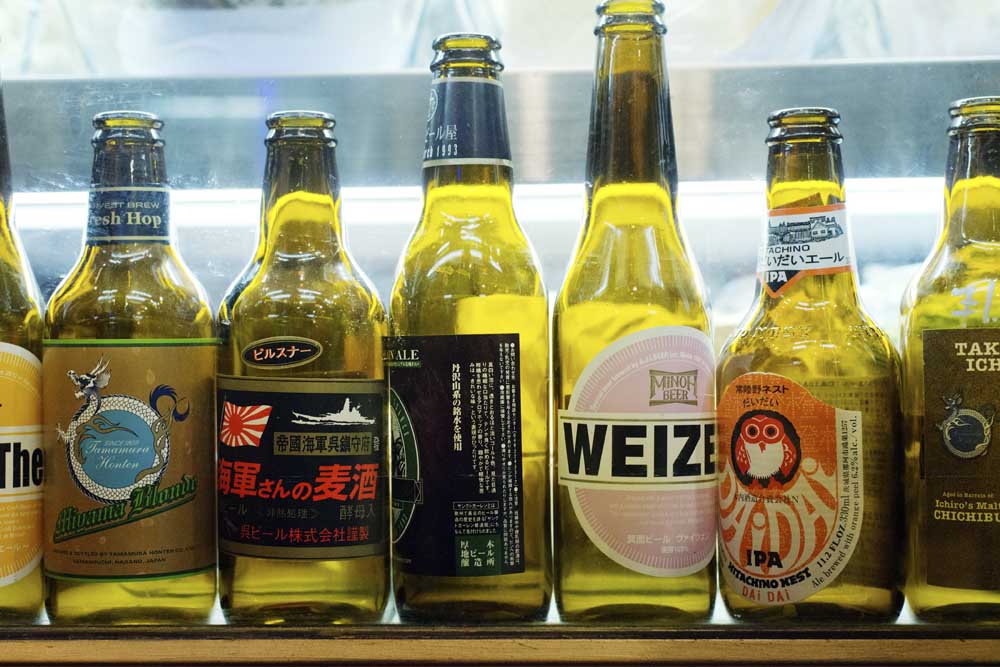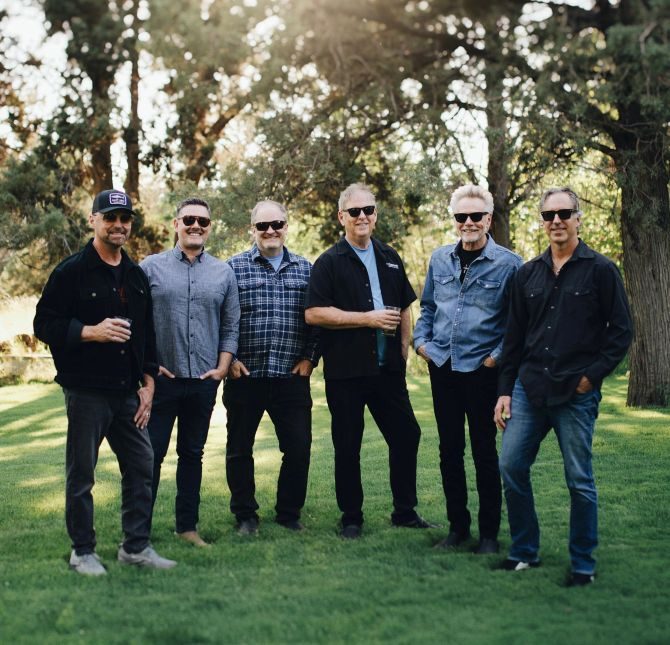Craft beer in the ‘kitchen of Japan’
Published 12:00 am Friday, May 9, 2014

- Craft beer in Japan can cost as much as 1,000 yen, or nearly $10, per glass.
For a long time, drinking beer in Japan meant implicitly supporting one of the country’s four major producers: Asahi, Kirin, Suntory and Sapporo. But in the mid-1990s, when a law prohibiting the operation of small-scale breweries was abandoned, the door was opened for Japanese craft beer, known as ji-biru. Even today, there are only about 200 craft breweries in Japan, so finding domestic microbrews takes some effort. (For comparison, the United States had nearly 2,500 craft breweries in operation as of June 2013, according to the Brewers Association.) But increasingly, the place to taste these relatively rare — but deliciously well-crafted — beers is Osaka, Japan’s third-largest city.
“Osaka has long been called the kitchen of Japan. People like to go out and eat and party,” said Mark Meli, a professor at Kansai University in Osaka and author of “Craft Beer in Japan,” the first English-language guide to Japanese craft beer, published last year. Meli began working on the book, which is an indispensable guide for beer-lovers visiting Japan, five years ago. Then, you could count on one hand the number of bars serving domestic craft beers in Osaka. But in 2012, he said, “it really exploded.”
Today, there are over a dozen such places.
At the start of the explosion was the April 2012 opening of Beer Belly Tenma, the third and largest pub affiliated with Osaka’s Minoh brewery. The pioneering brewery is today run by three sisters who have earned worldwide acclaim for their nuanced brews, like Minoh’s W-IPA, which won the 2013 World Beer Award for best Imperial IPA. The new location in the Tenma neighborhood pours Minoh’s excellent beers, such as the seasonal White Ale, a new personal favorite that’s made with yuzu, but the spot also serves satisfying pub grub like fish and chips and oozy nuggets of fried Camembert.
The proximity of Osaka’s many new craft beer bars is particularly conducive to a pub-crawl. From Beer Belly Tenma, it’s a short walk west to Craft Beer Bar Marciero, a boisterous, cozily cramped spot with eight rotating taps offering a great selection of ji-biru, like Shiga Kogen’s Imperial Black IPA and Sankt Gallen’s Kokutou Sweet Stout. When passing through Umeda railway station, stop by Beer Stand Molto! for a bottle of Iwate Kura weizen.
And farther south at Yellow Ape Craft, a smoky two-level pub, the taps recently poured a special Belgian pale ale from the Osaka Mujina Beer Project, a collaboration between Ise Kadoya brewery and several area bars.
Not far from there is Dig Beer Bar, a friendly spot that opened last year, where, over a couple of ji-biru in December, Meli summarized the expansive approach of Japanese craft brewers.
“They’re hitting all the different styles,” he said. “That’s their conceit: taking things from other places, tweaking them and making them better.”
The result is a craft beer scene that can please fans of wide-ranging styles, from fruit beer and porters to ales and IPAs.
But sustaining a diverse portfolio of styles often requires importing nonindigenous ingredients, which inflates costs.
“The price keeps normal people from trying it,” Meli said, adding that ji-biru is “two to three times as expensive as other beers.”
Indeed, the beer I was drinking that night — a deliciously smooth weizenbock from Fujizakura Heights, a microbrewery near Mount Fuji — was not even a full pint but cost me 1,000 yen (nearly $10 at the current favorable exchange rate).
Interestingly, many of those willing to pay these higher prices are often women, Meli said, explaining that ji-biru has been heavily marketed to women in magazines and other media.
Sure enough, on that Friday evening at Dig, most of the patrons were women. And the next night, an even mix of men and women, in pairs and larger groups, populated Garage 39, a cavernous bar that opened in October.
I, on the other hand, needed no persuading when it came to trying these domestic craft beers, which are beginning to rival the best Western brews.








